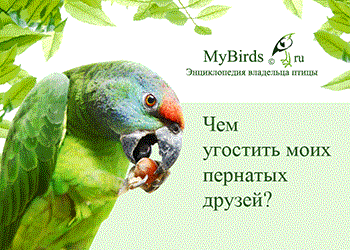Cacatua moluccensis is whitish salmon-pink; broad crest with whitish covering feathers and deep salmon-pink underlying crest; underside of wings salmon-pink; tail-feathers orange-yellow and pink at base; bill blackish; periophthalmic ring white with faint bluish tinge; iris blackish-brown; feet dark grey. Female sometimes are with reddish tinge to iris; usually with smaller head and bill. Immatures as adults; young females mostly identifiable at one year by greyish-brown iris; adult iris colour attained by four years. Length of the body is 52 cm.
Cacatua moluccensis inhabit island of Ceram, Indonesia; extinct on nearby islands of Saparua and Haruku; once introduced to Ambon, but now disappeared again. They habit in forests, open woodlands, cleared areas with isolated groups of trees; tall secondary vegetation, mangroves and swamp areas to 1,000 m.
Cacatua moluccensis usually seen singly, in pairs or small groups; gatherings of up to 16 birds on roosting trees; mostly only observed in early morning or late afternoon on way from or to roosting places; pairs stay close together; can occasionally be seen grooming each other; prefers perching in tall trees; there only conspicuous when calling; noisy; can be heard from a distance; cautious and not approachable; powerful flight with rapid, shallow wing-beats interspersed with gliding; accompanied by constant calling; flight relatively slow and usually low.
They eat seed, fruits, berries, nuts and probably insects and their larvae; occasionally forages in coconut plantations where they bite open young coconuts to get at the milk and soft pulp content.
Breeding behaviour: exact breeding season unknown; probably from July; nests in tall, dead trees; in one case 25 m above ground; no further information available; egg measures 50.0 x 33.4 mm. Breeding in aviculture: only achieved recently in any number, but still not regular; isolate pair; spacious and quiet flight absolutely necessary; eager male often kills female in too confined space, as she cannot escape his aggression; clipping the male’s wings can help restrict him; provide tree stump 40 cm in diameter and 1.5 m. Breeding usually begins in spring, but can occur at any time of year; clutch usually 2 eggs; infertile eggs or dead-in-shell fairly common; incubation 29 days; fledging period 14 to 15 weeks.








